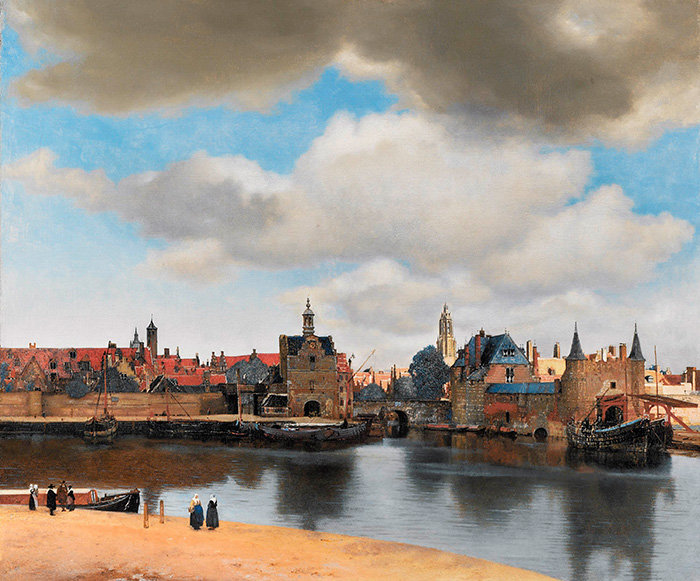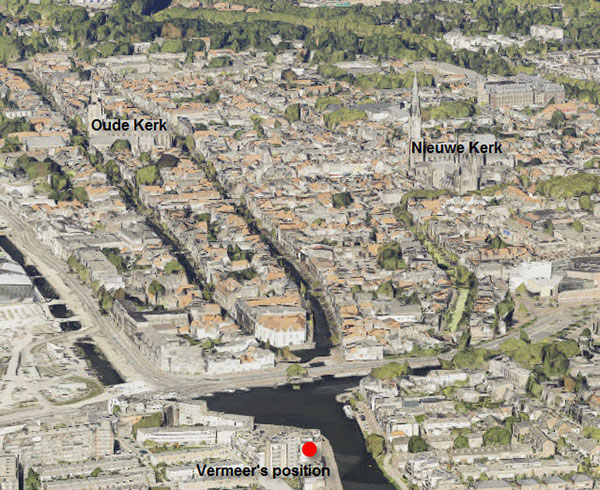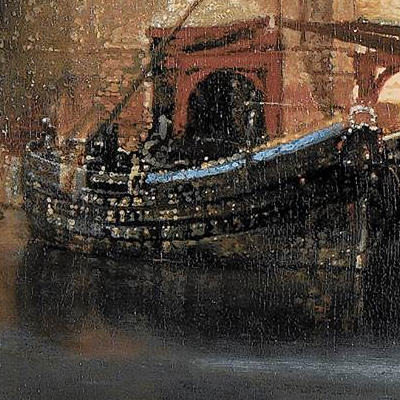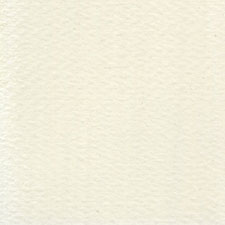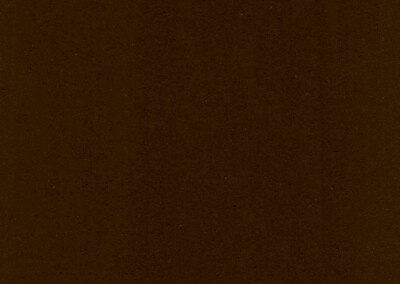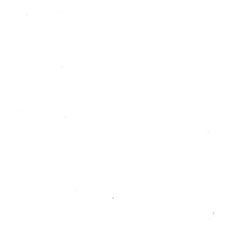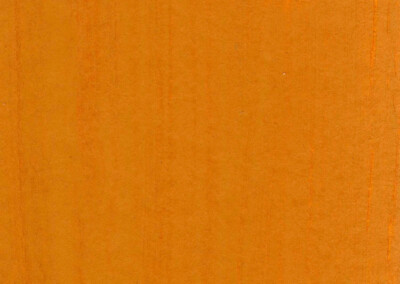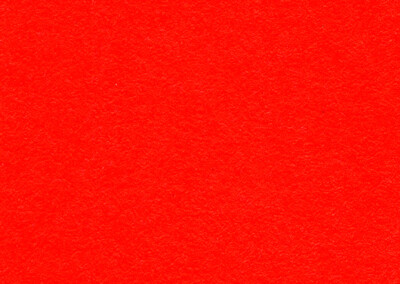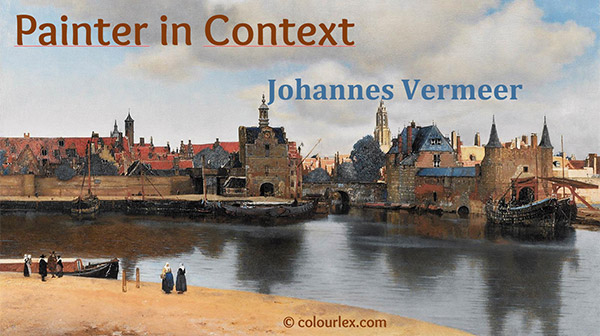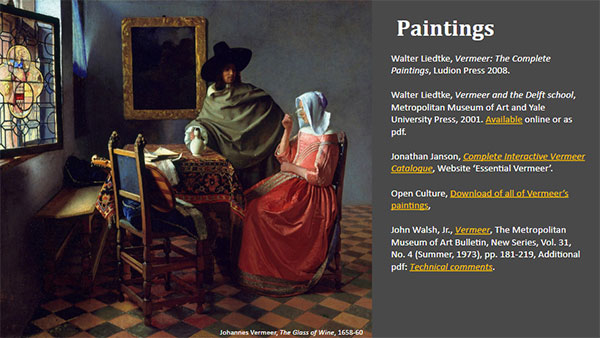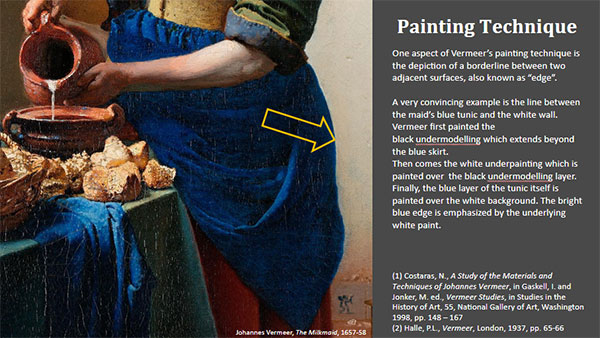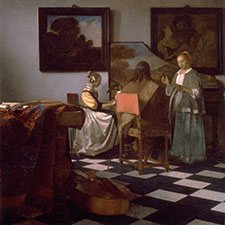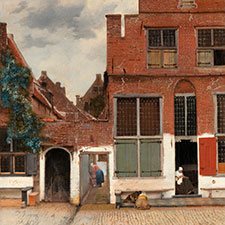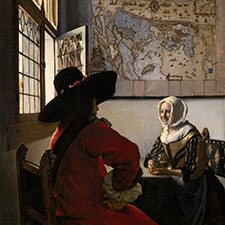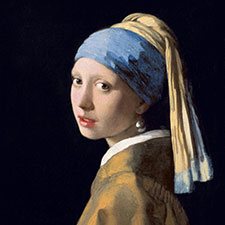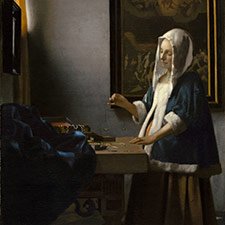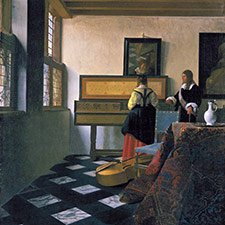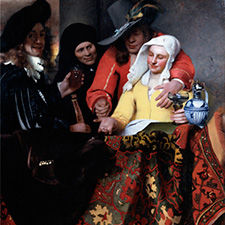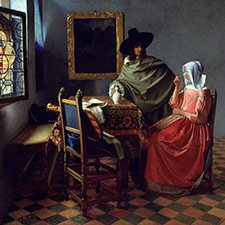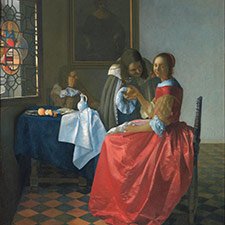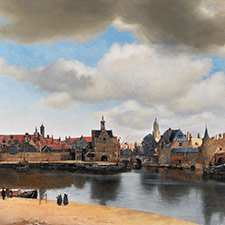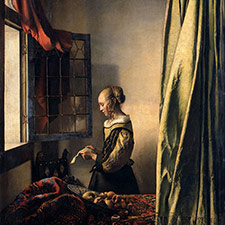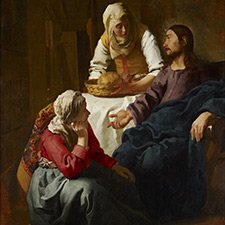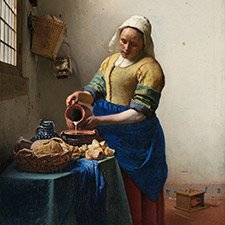Johannes Vermeer, View of Delft
ca 1660-61Johannes Vermeer, View of Delft
ca 1660-61Paintings sorted by Historical period | Painter | Subject matter | Pigments used
Overview
Medium: Oil
Support: Canvas
Size: 98.5 cm × 117.5 cm
Art period: Baroque
Location in Delft
Vermeer’s approximate position while painting the ‘View of Delft’ in the present time map of Delft.
Click on the image to go to actual Google Map
The old gates and buildings visible in the foreground of the painting were destroyed. The two churches are shown in the background: Oude Kerk (the Old Church) and Nieuwe Kerk (the New Church) are still standing. See below for the identification of both churches in the painting.
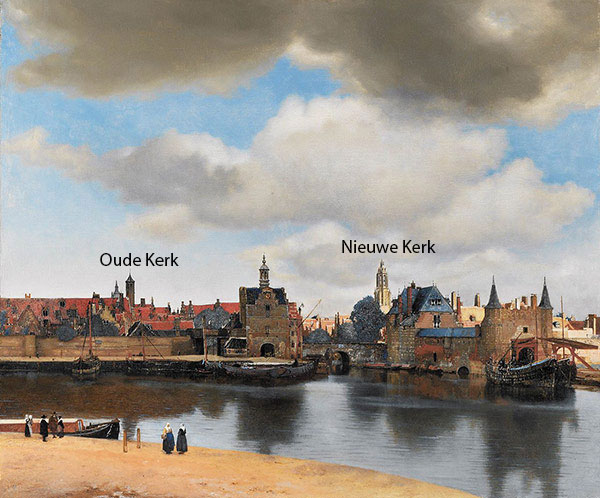
References
(1) Arthur K. Wheelock Jr. and C. J. Kaldenbach, Vermeer’s View of Delft” and His Vision of Reality, Artibus et Historiae, Vol. 3, No. 6 (1982), pp. 9-35. Also available at Academia.edu
(2) Janson, J., Critical Assessments: View of Delft, Essential Vermeer, website. Essays about this painting by several scholars quoted from books on Vermeer.
(3) Ein Flug uber die ‘Ansicht von Delft’ : Jan Vermeers Meisterwerk von 1660 als virtuelle Welt , Weltkunst, 1999, p. 308-310. Website showing a flight over Delft in 1660 in three dimensions with a copy of the published document.
Pigments
Painting Technique
Vermeer’s meticulous painting technique in ‘View of Delft‘ has been described by Martin Bailey in his book “Vermeer: Colour library” (1) quoted in (2):
“The view is from an elevated position, looking down onto the waterfront, and Vermeer may have painted the town from the upper floor of a house that is marked on contemporary maps just off the road named Hooikade (upper right). The pointillist technique that Vermeer used to suggest reflections flickering off the water, most easily visible on the two herring boats on the right, is evidence that he probably used a camera obscura to help compose the picture; diffused highlights such as these would appear when a partially focused image was obtained from this device.
The meticulous way that Vermeer worked on this masterpiece is shown by the fact that he mixed grains of sand into some of his paint (middle right) to achieve a certain texture. An examination of the picture has revealed that the sand was added to the ochre used on the window frames of the long building to the left, behind the ramparts, giving a greater reflective quality to the paint surface.”
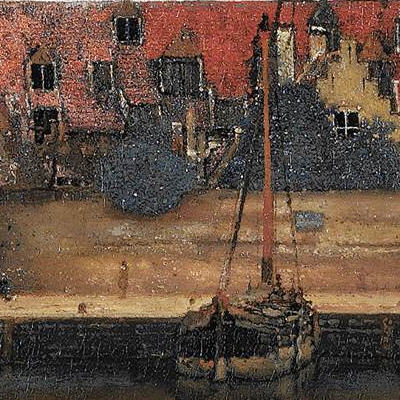
Wheelock and Kaldenbach elaborate on another aspect of Vermeer’s painting technique (3):
“The realism of the scene comes not only from the recognizable shapes of the structures but also from the truthfullness of their textures. One finds an extraordinary range of effects that capture the rough hewn character of the orange tile and blue slate roofs,stone, brick and mortar walls of buildings and bridges, leafy trees and wooden boats. Vermeer never precisely delineates these materials but devises a variety of means for suggesting their tactile characteristics. One of the most successful effects are the red tiled roofs along the left side of the painting. Here he has rendered the rough, broken quality of their surface by overlaying a thin reddish-brown layer with numerous small dabs of red, brown, and blue paint. These dots of paint are not blended into the underlying layer but are juxtaposed in such a way that their very irregularity helps suggest the roughness of the roof. Augmenting this effect is the manner in which Vermeer enhanced the grainy quality of the tile roof with small bumps, which protrude from the surface. These bumps are large particles of lead white paint that Vermeer either applied to the ground in this area or mixed with the thin reddish layer that established the base color for the roof.”
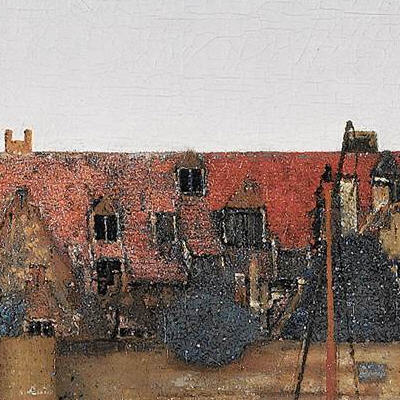
References
(1) Martin Bailey, Vermeer: Colour Library, Phaidon Colour Library, 1995
(2) Janson, J., Critical Assessments: View of Delft, Essential Vermeer, website. Essays about this painting by several scholars quoted from books on Vermeer.
(3) Arthur K. Wheelock Jr. and C. J. Kaldenbach, Vermeer’s View of Delft” and His Vision of Reality, Artibus et Historiae, Vol. 3, No. 6 (1982), pp. 13-14. Also available at Academia.edu
Pigment Analysis
This pigment analysis is based on the work of Hermann Kühn of Doerner Institute in Munich (1)
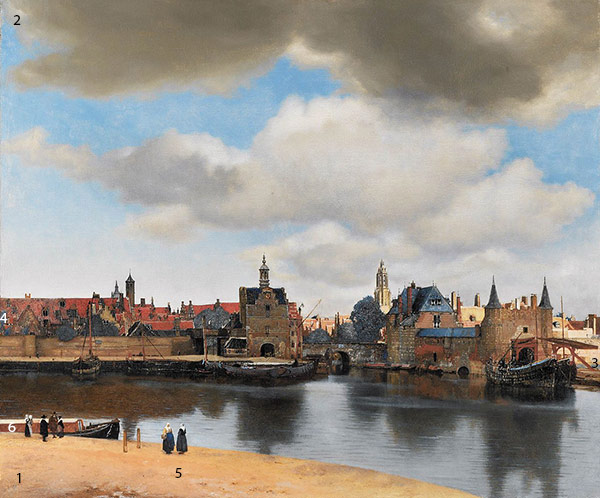
1 The gray-brown ground left edge: lead white, chalk, and umber.
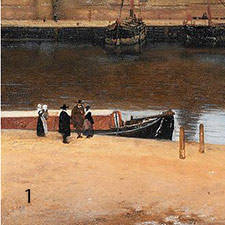
2 White clouds left upper edge: lead white with small amounts of natural ultramarine and yellow ochre.
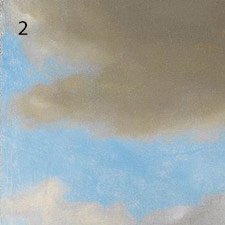
3 Blue wall over a yellow paint layer, right edge: lead white, yellow ochre, and natural ultramarine.
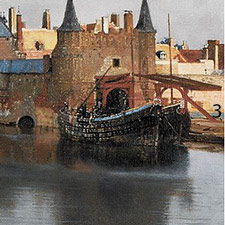
4 Blue paint on houses over a red paint layer left edge: lead white, natural ultramarine and madder lake.
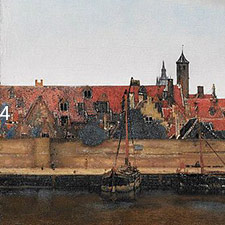
5 Yellow sandbank, foreground: lead white, yellow ochre.
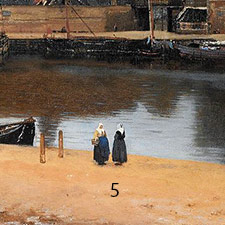
6 Red freight on the barge left foreground: lead white and madder lake.

References
(1) Kuhn, H. A Study of the Pigments and Grounds Used by Jan Vermeer. Reports and Studies in the History of Art, 1968, 154–202.
Pigments Used in This Painting
Resources
See the collection of online and offline resources such as books, articles, videos, and websites on Johannes Vermeer in the section ‘Resources on Painters‘
PowerPoint Presentations
Painter in Context: Johannes Vermeer
A richly illustrated presentation on the painting technique and pigments employed by Johannes Vermeer specially crafted for Art Education. (Number of Slides = 24)
- Each presentation starts with the basic resources on the painter such as his biography, main catalogs of his paintings, and a bibliography.
- Next, you find slides describing the painting technique of the artist and the pigments he usually employed in his work.
- The majority of the slides show examples of paintings containing the specific pigments.
Slides showing the basic resources on the paintings of the Dutch Baroque painter Johannes Vermeer.
The painting technique of Johannes Vermeer is described and illustrated in the next slides.
The majority of the slides show important examples of paintings where Vermeer employed specific pigments. The slides are organized according to the color of the pigments.
Videos
Video: 'Johannes Vermeer’s View of Delft: The Prose and Poetry of View Painting' by Yale University Art Gallery
Video: 'Vermeer's View of Delft' by Peter Jochems
Publications and Websites
Publications
(1) Arthur K. Wheelock Jr. and C. J. Kaldenbach, Vermeer’s View of Delft” and His Vision of Reality, Artibus et Historiae, Vol. 3, No. 6 (1982), pp. 9-35. Also available at Academia.edu
(3) Gaskell, I. and Jonker, M., Vermeer Studies, in Studies in the History of Art, 55, National Gallery of Art, Washington 1998.
Websites
Janson, J., Johannes Vermeer, View of Delft, Essential Vermeer, website.
Janson, J., Critical Assessments: View of Delft, Essential Vermeer, website. Essays about this painting by several scholars quoted from books on Vermeer.
Ein Flug uber die ‘Ansicht von Delft’ : Jan Vermeers Meisterwerk von 1660 als virtuelle Welt , Weltkunst, 1999, p. 308-310. Website showing a flight over Delft in 1660 in three dimensions with a copy of the text.

